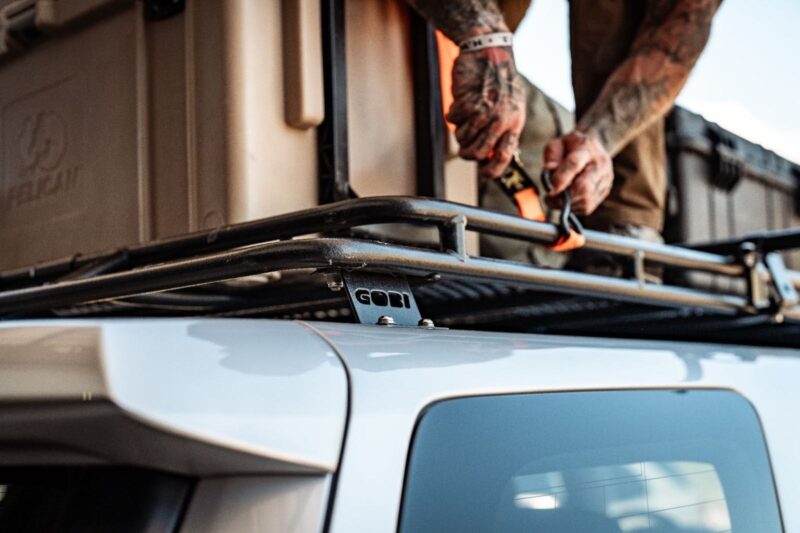Undeniably, the front-runner roof rack serves as a necessary companion when you are in the mood for overlanding or enjoying outdoor adventures. The accessory is particularly built to tolerate the harsh weather conditions.
However, people forget that, like any quality gear, even this demands regular maintenance. In this way, it will continue to remain functional and that too for many years.
Regular cleaning prevents rust, guards the finishing, and prepares your partner for the next trip. You must be wondering about the maintenance process.
Don’t worry, as we will offer you tips for the Front Runner Roof Rack to remain in prime condition.
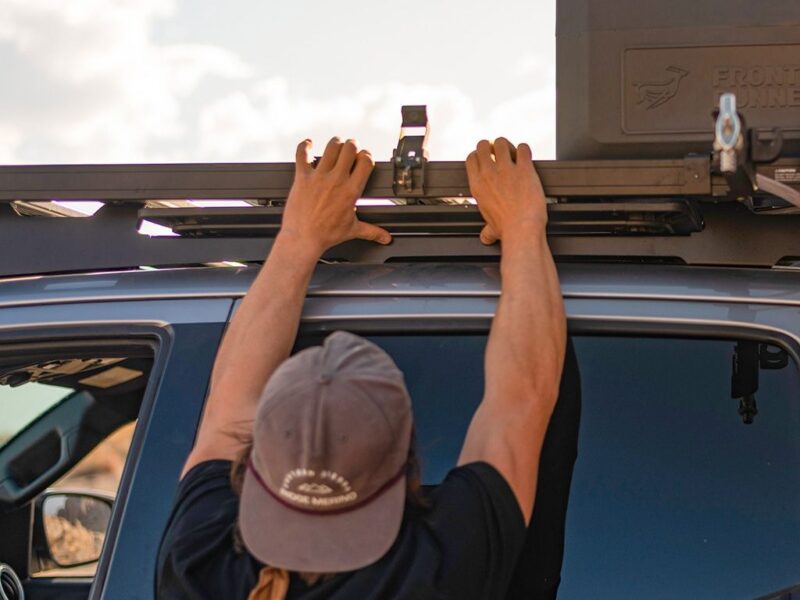
Thorough Washing
Maintaining your roof rack is about protection and longevity. A roof rack constantly faces exposure to dirt, mud, road salt, and harsh weather, which can all degrade its surface and fittings over time.
If you’re a frequent off-roader, then the combination of mud and grime can be especially damaging, trapping moisture in tight corners and causing corrosion.
To keep your rack in excellent condition, it’s essential to establish a regular cleaning routine.
Follow the steps below for a thorough wash that keeps your setup performing at its best:
Rinse Thoroughly
Proper rinsing is the foundation of every good cleaning routine and one of the most important steps in maintaining your roof rack’s finish and structure.
Before using any cleaning products or brushes, it’s crucial to remove as much dirt, dust, and grime as possible using water alone.
This initial rinse prevents scratching, preserves the powder coating, and ensures that your later cleaning steps are more effective.
Start by giving your roof rack a generous rinse with clean water.
If you’ve been driving through muddy trails, dusty roads, or salty coastal areas, chances are that fine particles and residues have settled in every small crevice of your rack.
Using a garden hose with steady pressure is often the best approach, it provides enough force to wash away debris without risking damage to bolts, seals, or joints.
A few essential points to remember while rinsing include:
Use gentle water pressure: A high-pressure washer might seem efficient, but if held too close, it can cause more harm than good. Strong water jets may dislodge fasteners, peel off protective coatings, or force water into seams where it can later cause rust.
Work in sections: Start at the top and move downward so that the dirt flows away from clean areas. Focus on areas under the rails, joints, and brackets where mud often builds up.
Check corners and tight spots: These areas tend to trap sand and salt, especially after off-roading or winter driving. Use the hose’s narrow stream to target these pockets.
Proper rinsing not only removes surface contaminants but also helps soften caked-on mud and dirt, making it much easier to scrub in the next cleaning stage.
It ensures that you’re not grinding abrasive particles into the rack’s surface, which can dull the finish or expose bare metal.
Additional benefits of a thorough rinse include:
- Reducing friction during washing, which helps maintain the smooth texture of the powder coating.
- Preventing minor scratches that could lead to corrosion over time.
- Eliminating salt and mineral buildup that can weaken bolts or fittings.
- Enhancing the effectiveness of your cleaning soap or detergent, allowing it to penetrate grime more efficiently.
Mild Soap Bath
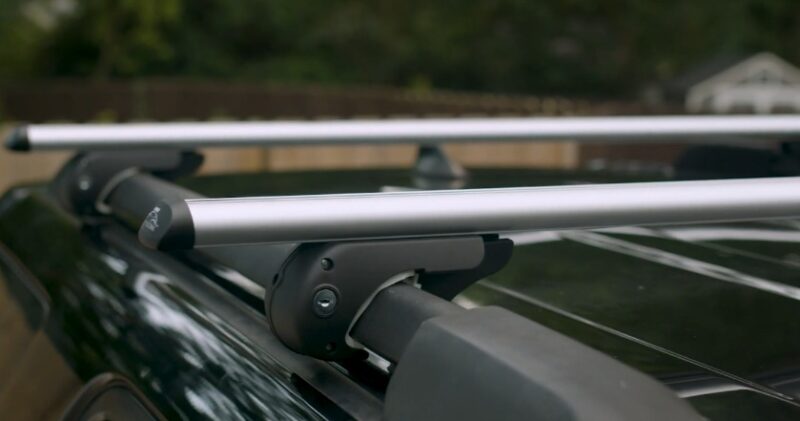
Once the rack is free of loose debris, fill a bucket with warm water and a small amount of gentle automotive soap or mild detergent.
Using a soft brush or microfiber cloth, scrub each section carefully.
Focus on corners, mounting points, and joints, these are areas where dirt and moisture tend to hide.
- Removes oil, grime, and salt residues that could cause long-term damage.
- Soft brushes prevent scratches while providing enough friction to lift stubborn spots.
- Avoid any cleaning products containing bleach, ammonia, or harsh solvents that can strip protective coatings.
- Rinse again with fresh water to eliminate soap residue.
Taking your time during this step ensures your rack remains free of contaminants that can dull its finish or shorten its lifespan.
Dry Completely
Moisture left behind is one of the main culprits of rust and discoloration.
Once rinsed, use a soft microfiber towel or chamois cloth to dry every visible and hidden part of the rack.
Don’t forget to dry between joints, screws, and under rails, as water tends to collect there.
- Prevents water spots and streaks.
- Eliminates the risk of corrosion caused by trapped moisture.
- Maintains the glossy finish of the powder coating.
- Use an air blower for hard-to-reach spots if necessary.
- Avoid automated car washes, they can snag components, damage paint, or bend rails.
If possible, allow your vehicle to sit in a shaded, well-ventilated area for a few minutes after drying.
This ensures all hidden moisture evaporates, keeping your rack clean and protected.
Inspect Fastener and Hardener
Constant motion, vibration, and exposure to rough terrains put stress on your roof rack’s fasteners.
Over time, bolts may loosen, brackets might shift, and connections can wear down.
Routine inspection ensures that your rack remains stable, silent, and safe during every journey.
Performing quick checks before and after long drives is a small habit that prevents major issues later.
Check Bolt Torque
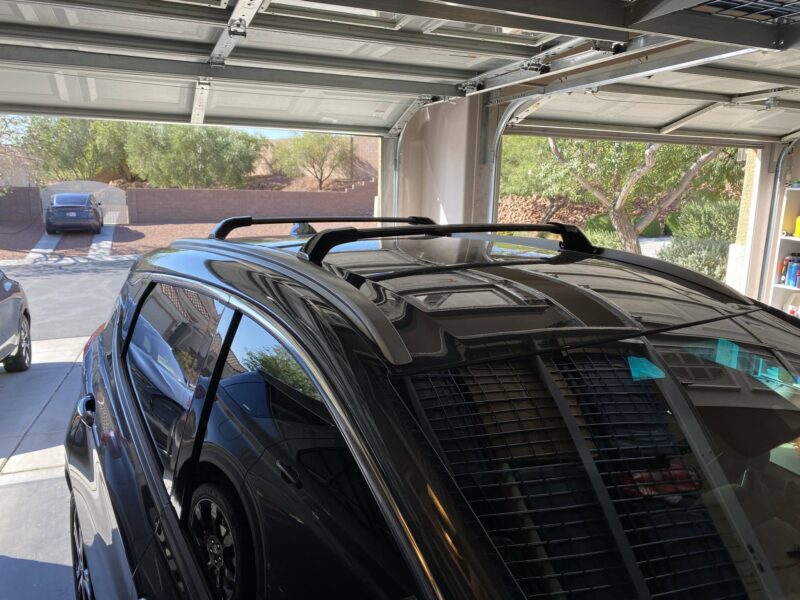
Every few weeks, or before long trips, inspect each bolt, nut, and mounting point on your rack system.
Over time, vibrations and temperature changes can cause them to loosen slightly, compromising your rack’s integrity.
- Use a torque wrench to ensure every bolt is tightened to the manufacturer’s specifications.
- Pay extra attention to load-bearing areas such as the mounting brackets and side rails.
- Apply anti-seize compound or thread locker if bolts frequently loosen.
- Listen for rattles, squeaks, or vibrations during drives, these are early warning signs of loose hardware.
- Tighten or replace worn or rusted fasteners immediately to avoid potential accidents.
A secure rack not only keeps your gear safe but also maintains aerodynamic stability, reducing noise and drag while driving.
Corrosion Prevention
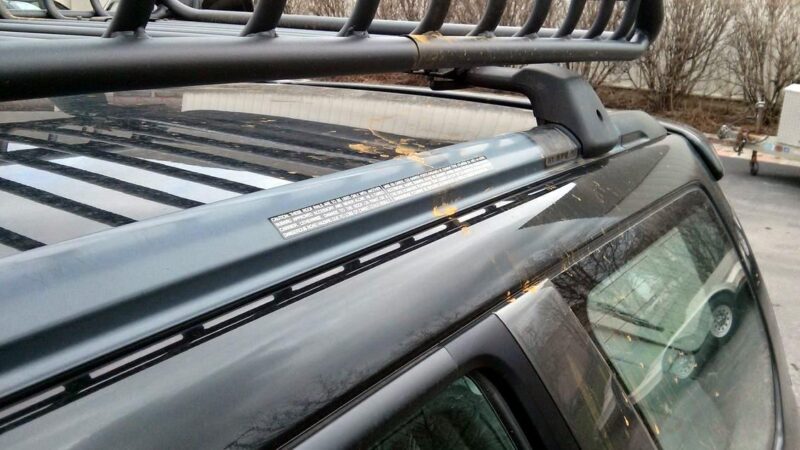
Exposure to rain, road salt, or coastal humidity can corrode even high-quality racks if left unchecked.
Preventing rust is far easier than repairing it later.
Use protective coatings and regular maintenance to extend the lifespan of metal components.
- Apply a light layer of silicone-based lubricant or rust-preventive spray on bolts, joints, and mounting brackets.
- Reapply the coating after washing, especially during winter or after beach trips.
- Wipe off excess oil to prevent attracting dust and dirt.
- Regularly inspect for rust spots or discoloration, address them immediately by sanding lightly and applying touch-up paint.
- Consider stainless steel hardware for added resistance in coastal or humid environments.
Corrosion not only affects appearance but can also weaken critical joints that hold your gear in place.
Preventive care keeps your rack sturdy and dependable for years of heavy use.
Frequently Asked Questions
Can I use an automated car wash with my roof rack?
It’s strongly recommended to avoid automated car washes that use brushes or cloth strips, as they can snag on the rack or its accessories, causing damage.
Do I need to re-torque the bolts after installation?
Yes. It’s crucial to inspect and re-torque all fasteners, especially after your initial installation and subsequent rough off-road adventures.

